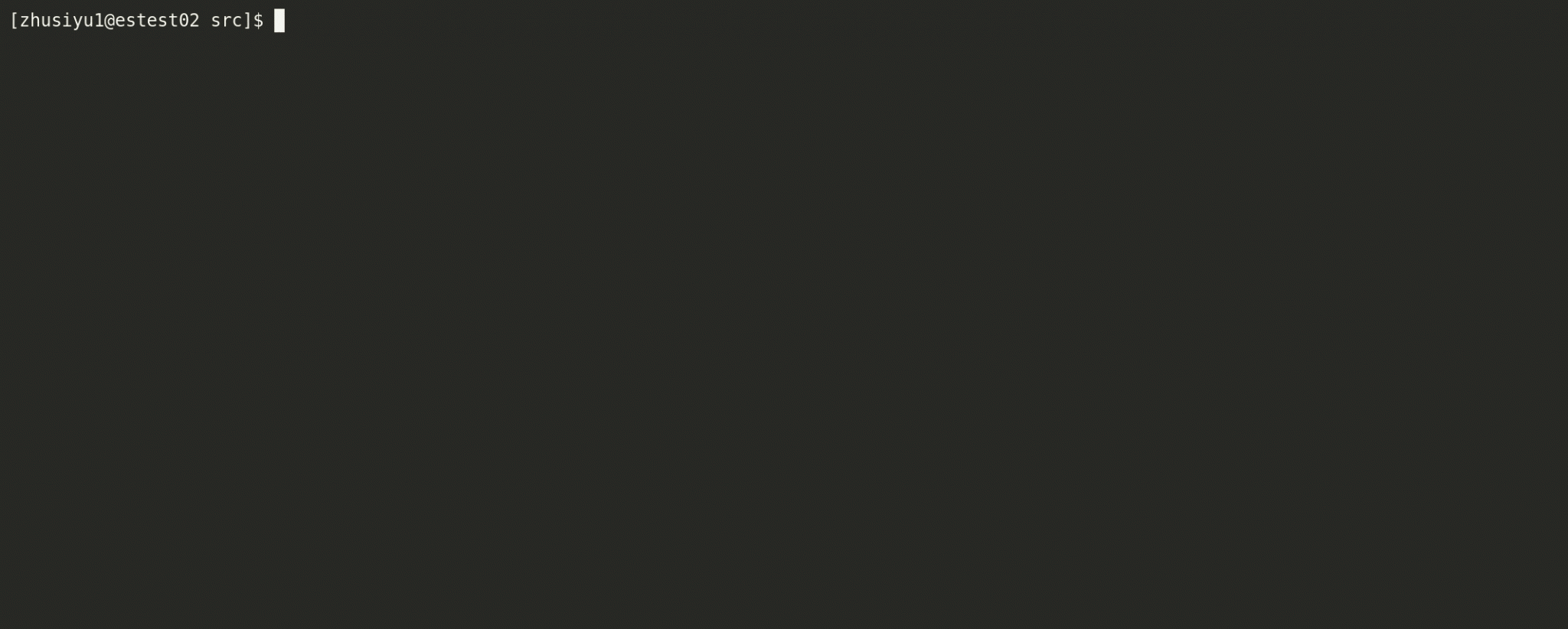
crawlergo
crawlergo is a browser crawler that uses chrome headless mode for URL collection. It hooks key positions of the whole web page with the DOM rendering stage, automatically fills and submits forms, with intelligent JS event triggering, and collects as many entries exposed by the website as possible. The built-in URL de-duplication module filters out a large number of pseudo-static URLs still maintains a fast parsing and crawling speed for large websites, and finally gets a high-quality collection of request results.

crawlergo currently supports the following features:
- chrome browser environment rendering
- Intelligent form filling, automated submission
- Full DOM event collection with automated triggering
- Smart URL de-duplication to remove most duplicate requests
- Intelligent analysis of web pages and collection of URLs, including javascript file content, page comments, robots.txt files, and automatic Fuzz of common paths
- Support Host binding, automatically fix and add Referer
- Support browser request proxy
- Support pushing the results to passive web vulnerability scanners
Parameters
Required parameters
--chromium-path Path, -c PathThe path to the chrome executable. (Required)
Basic parameters
--custom-headers HeadersCustomize the HTTP header. Please pass in the data after JSON serialization, this is globally defined and will be used for all requests. (Default: null)--post-data PostData, -d PostDataPOST data. (Default: null)--max-crawled-count Number, -m NumberThe maximum number of tasks for crawlers to avoid long crawling time due to pseudo-static. (Default: 200)--filter-mode Mode, -f ModeFiltering mode,simple: only static resources and duplicate requests are filtered.smart: with the ability to filter pseudo-static.strict: stricter pseudo-static filtering rules. (Default: smart)--output-mode value, -o valueResult output mode,console: print the glorified results directly to the screen.json: print the json serialized string of all results.none: don’t print the output. (Default: console)--output-json filepathWrite the result to the specified file after JSON serializing it. (Default: null)--request-proxy proxyAddresssocks5 proxy address, all network requests from crawlergo and chrome browser are sent through the proxy. (Default: null)
Expand input URL
--fuzz-pathUse the built-in dictionary for path fuzzing. (Default: false)--fuzz-path-dictCustomize the Fuzz path by passing in a dictionary file path, e.g. /home/user/fuzz_dir.txt, each line of the file represents a path to be fuzzed. (Default: null)--robots-pathResolve the path from the /robots.txt file. (Default: false)
Form auto-fill
--ignore-url-keywords, -iukURL keyword that you don’t want to visit, generally used to exclude logout links when customizing cookies. Usage:-iuk logout -iuk exit. (default: “logout”, “quit”, “exit”)--form-values, -fvCustomize the value of the form fill, set by text type. Support definition types: default, mail, code, phone, username, password, qq, id_card, url, date and number. Text types are identified by the four attribute value keywordsid,name,class,typeof the input box label. For example, define the mailbox input box to be automatically filled with A and the password input box to be automatically filled with B,-fv mail=A -fv password=B.Where default represents the fill value when the text type is not recognized, as “Cralwergo”. (Default: Cralwergo)--form-keyword-values, -fkvCustomize the value of the form fill, set by keyword fuzzy match. The keyword matches the four attribute values ofid,name,class,typeof the input box label. For example, fuzzy match the pass keyword to fill 123456 and the user keyword to fill admin,-fkv user=admin -fkv pass=123456. (Default: Cralwergo)
Advanced settings for the crawling process
--incognito-context, -iBrowser start incognito mode. (Default: true)--max-tab-count Number, -t NumberThe maximum number of tabs the crawler can open at the same time. (Default: 8)--tab-run-timeout TimeoutMaximum runtime for a single tab page. (Default: 20s)--wait-dom-content-loaded-timeout TimeoutThe maximum timeout to wait for the page to finish loading. (Default: 5s)--event-trigger-interval IntervalThe interval when the event is triggered automatically, generally used in the case of slow target network and DOM update conflicts that lead to URL miss capture. (Default: 100ms)--event-trigger-mode ValueDOM event auto-triggered mode, withasyncandsync, for URL miss-catching caused by DOM update conflicts. (Default: async)--before-exit-delayDelay exit to close chrome at the end of a single tab task. Used to wait for partial DOM updates and XHR requests to be captured. (Default: 1s)
Other
--push-to-proxyThe listener address of the crawler result to be received, usually the listener address of the passive scanner. (Default: null)--push-pool-maxThe maximum number of concurrency when sending crawler results to the listening address. (Default: 10)--log-levelLogging levels, debug, info, warn, error and fatal. (Default: info)--no-headlessTurn off chrome headless mode to visualize the crawling process. (Default: false)
Changelog v0.4.4
Install
Copyright (C) 2021 @9ian1i